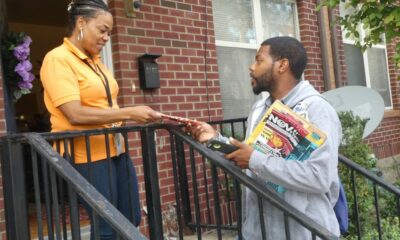

What does a Pittsburgh race for district attorney have to do with the 2020 presidential election?
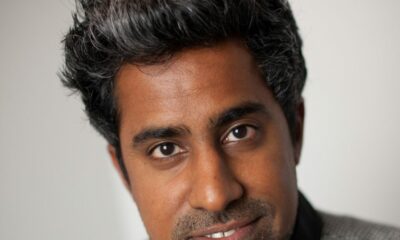
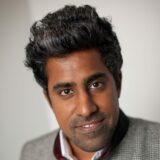
The journalist argues that philanthropy is often a tool that helps the rich maintain their power, wealth and status.


Gavin Newsom now leads the state with the nation’s biggest economy and largest population — and one riven by economic inequality. What will be his most important challenges?
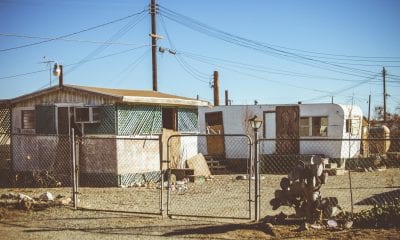

How can the new administration best help California’s neediest residents?


Sweat ‘s unflinching mission is to lay out the slow strangulation of the American Dream.
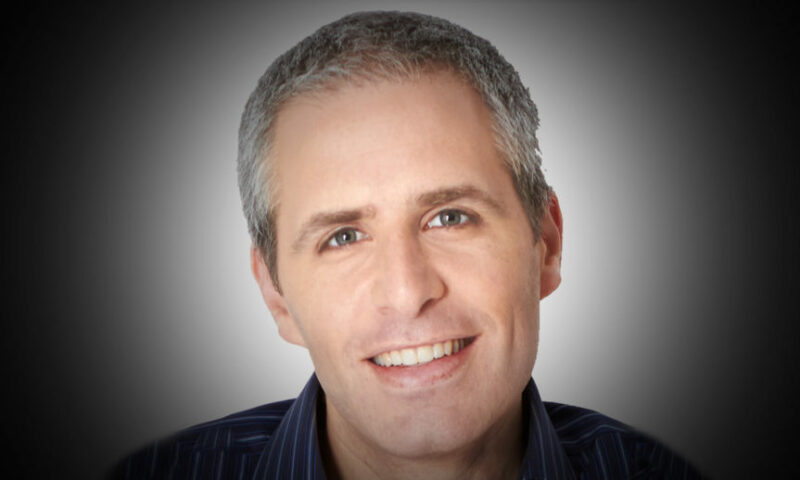

The New York Times has credited Sirota’s Wall Street reporting for showing “that secrecy can hide high fees, low returns, excess risk and the identity of politically connected dealmakers.”


New research reveals that 11 percent of 5,000 Disneyland workers surveyed—custodians, food workers, musicians, cashiers, concierges—have been homeless at least once in the past year.


After their critically acclaimed 2013 documentary, Inequality for All, Jacob Kornbluth and Robert Reich reunited to make Saving Capitalism, which explores the expanding economic and political power of America’s wealthy.


Co-published by The Guardian.
Precariousness is not just a working-class thing. In recent interviews, dozens of academics and schoolteachers, administrators, librarians, journalists and even coders have told me they too are falling prey to an unstable new America. I’ve started to think of this just-scraping-by group as the Middle Precariat.


I turned off onto a long dirt road about 15 miles outside of Montevideo, Uruguay and drove towards a wooden guard shack that stood across from a small farmhouse hidden by a long row of trees. Usually, if you want to meet a country’s president – or even ex-president – you have to fight through layers of bureaucracy, confirm that you are not a threat and have a very good rationale for being considered worthy to talk to. But in the case of Uruguay’s former head of state, José “Pepe” Mujica, you simply find your way to his home – something that apparently 30 or 40 people do every day.
Interview translated from the Spanish by Celia Brugman. Video camera by Jose Maria Ciganda.
Some come to ask for help – after serving four years as president of his country, Mujica is still a powerful member of the Uruguayan senate – some to offer advice,
» Read more about: A Morning with Former Uruguayan President José Mujica »


Maria Bustillos and Elizabeth Fladung debrief their day reporting on inequality in Silicon Valley, including their experiences visiting with some groups and leaders helping local people left out of the tech boom.
This podcast is an encore posting from our State of Inequality series.
Maria Bustillos is a journalist and critic living in Los Angeles.
Elizabeth Fladung is a Brooklyn-based, CalArts-trained photojournalist. Her work has appeared in The Nation, La Repubblica, The Fader and Wax Poetics Magazine.
» Read more about: Podcast: Silicon Valley's Stark Contrasts »


Elizabeth Fladung’s photos of San Francisco in the midst of the tech boom offer a study in contrasts.
This slideshow is an encore posting from our State of Inequality series.Elizabeth Fladung is a Brooklyn-based, CalArts-trained photojournalist. Her work has appeared in The Nation, La Repubblica, The Fader and Wax Poetics Magazine.


The chord progression of the Red Hot Chili Peppers’ song “Otherside” plays on the south end of the Venice Beach boardwalk. The middle-aged man strumming his acoustic guitar is Gary St. Germain, who spends afternoons performing songs in Venice, Burbank and Hollywood, a black pork pie hat always perched on his head. When he has free time, St. Germain plays in Venice for two or three hours at a time.
This is an encore posting from our State of Inequality series
“I don’t have an amplifier,” St. Germain says. “So I set up where there isn’t too much music blasting and I just play what I love.”
Ironically, the more busy days at Venice seem to benefit him less. It’s the days when curious people stroll by that St. Germain makes 20 to 40 dollars after a few hours. According to St. Germain,
» Read more about: The Way We Live Now: Singing for Supper »


Click on the right arrow button to go to the next slide.
Data and research for this story were provided by Charlie Eaton of U.C. Berkeley’s Department of Sociology and DebtandSociety.org.
This is an encore posting from our State of Inequality series.
» Read more about: Affluent Private Universities Are Tax Shelters For the Rich »


As this series has made clear, “The California Chasm” is a challenge that threatens to transform the state into a shadow of its former self. Once a place where people came together to realize fortunes, remake their lives and attain their piece of the American Dream, we have become a state saddled with sharp differences in social, economic and health outcomes due to race, place and class.
This is an encore posting from our State of Inequality series
The resulting division is damaging to our sense of community but it also leaves the potential of our residents untapped. With research increasingly demonstrating that more equitable strategies can produce more sustainable growth, we need to create a conversation about how California can lead the nation not in inequality but in opportunity.
We have the know-how —
» Read more about: Twelve Ways to Reverse Inequality and Close the "California Chasm" »
I recently interviewed one of the country’s unabashed progressive leaders, New York Mayor Bill de Blasio. Our discussion ranged from Ronald Reagan’s legacy to the failures of contemporary Democrats to stand up for their values. “We have an income inequality crisis in this country that will endanger the future of the entire United States of America,” de Blasio told me. We present here the first in a series of clips from that interview. (Full transcript here.)
» Read more about: Watch Now: Bill de Blasio on the Leadership Role of Cities »
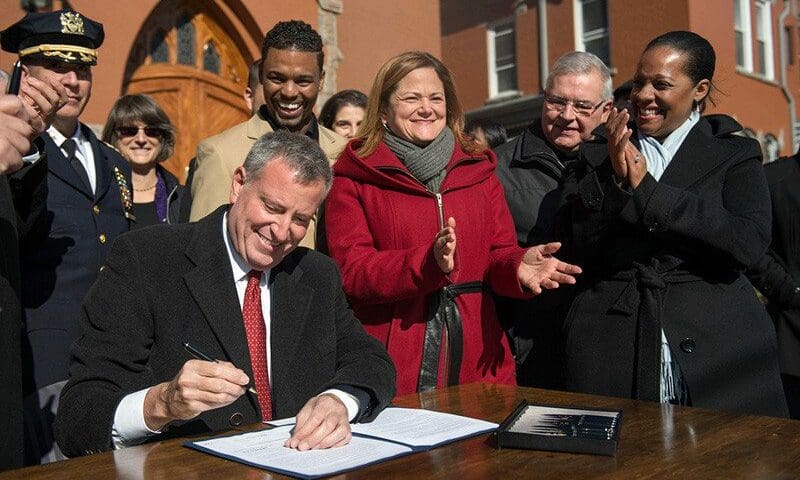

Capital & Main: Do you see risk in Democrats running away from a populist progressive agenda?
Mayor Bill de Blasio: Absolutely. I think the biggest development we saw [in the midterm election] was Democrats not standing up for the ideals of the Democratic Party, not talking to the economic realities of our people, not being willing to offer real progressive solutions. I think there’s another model of Democrats who actually addressed these issues, who were willing to take on big corporations, who were willing to challenge the status quo, who were willing to ask those who are wealthy to pay their fair share, who were willing to talk about how we create living wage jobs and better benefits….
People are looking for answers to what is now a fundamental structural economic crisis. The middle class has been collapsing, people’s earning power has been declining rapidly…. I love that the conventional wisdom [about the recent election] is about a conservative tidal wave.


Sunday’s extreme heat didn’t prevent some 200-plus Angelenos from gathering in the Ann and John Nickoll Family Sanctuary at Temple Isaiah for an informal economic summit. The audience for this Westside event, partly sponsored by Bend the Arc, the American Civil Liberties Union and the Los Angeles Alliance for a New Economy, included District 5 Councilman Paul Koretz.
The crowd saw a screening of economist Robert Reich’s 2013 film Inequality for All. Narrated by Reich, this documentary provides some of the most incisive analyses of the causes of the income gap yet found in the popular media. The film is recommended viewing for anyone wanting to learn how the American middle class has become an endangered species.
But many in the audience had already seen the film and after the lights came up emcee Serena Zeise brought out the guest speaker and Reich friend, Harold Meyerson. The affable yet acerbic Myerson is a native son of Los Angeles who years ago moved east to become a Washington Post columnist and American Prospect editor-at-large.
» Read more about: Harold Meyerson on Economic Inequality’s Tipping Point »
In this uncertain post-recession era, economic inequality seems to be the only thing you can count on being in full supply. It’s certainly a subject that’s increasingly on people’s lips – thanks in no small part to Jacob Kornbluth’s 2013 documentary, Inequality for All. The film, wryly narrated by economist Robert Reich, lays out Reich’s astute perspective on how our country has arrived at the point where 400 Americans own more wealth than the entire bottom half of the country combined.
Sunday the Southern California Chapter of the American Civil Liberties Union will screen Inequality for All, an event that will serve as a refresher course for some and an eye-opener for others who have not seen the film. Afterwards, Harold Meyerson, American Prospect editor-at-large and Washington Post columnist, will offer his always lively insights into what’s happened since the documentary’s premier, along with a discussion of commercial property tax reform.
» Read more about: Harold Meyerson Speaks on ‘Inequality for All’ »